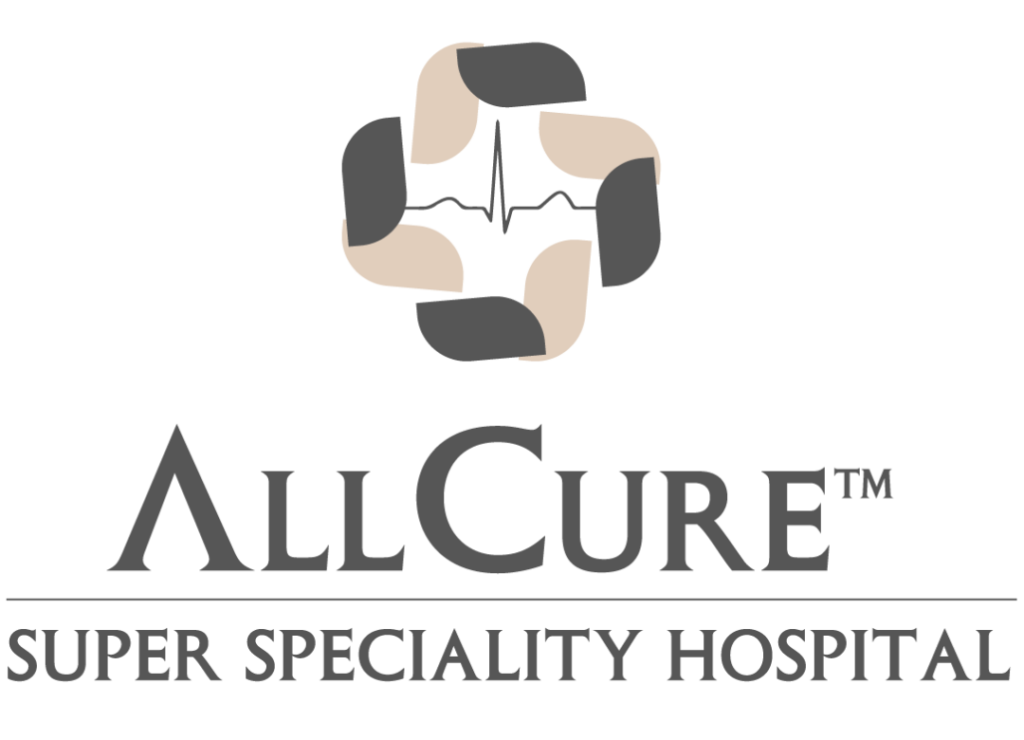Introduction
Cervical health issue is a silent threat that often goes unnoticed until it reaches advanced stages. Understanding its early symptoms and preventive measures is crucial for protecting cervical health. With timely tests and vaccinations, many lives can be saved. This blog explores cervical cancer, its causes, warning signs, and preventive measures, helping women take proactive steps for their health.
What is Cervical Cancer?
Cervical cancer develops in the cells of the cervix, the lower part of the uterus that connects to the vagina. It begins when abnormal cells in the cervix grow uncontrollably, often triggered by persistent infection with high-risk strains of the human papillomavirus (HPV).
The cervix plays a vital role in reproductive health. Understanding where it is located and its function is important in recognizing cervical health issues.
“Early detection is the key to prevention. Regular screenings save lives.”
How and Why Cervical Cancer Happens
Cervical cancer occurs when healthy cells in the cervix develop genetic mutations. These mutations allow cells to grow and divide uncontrollably, forming tumors. Persistent HPV infection is the primary cause, making HPV one of the leading risk factors. Additional causes include smoking, a weakened immune system, and long-term use of oral contraceptives.
“Cervical cancer does not discriminate, but awareness can be the ultimate shield.”
Symptoms: From Silent to Severe
One of the most concerning aspects of cervical cancer is its silent nature during the early stages. Common early symptoms include:
- Abnormal vaginal bleeding, such as between periods, after intercourse, or post-menopause.
- Unusual vaginal discharge with a watery or foul-smelling quality.
- Pelvic pain or discomfort during intercourse.
Recognizing these warning signs early can prompt timely checks and improve outcomes.
Staging: Understanding Progression
Cervical cancer is categorized using the FIGO staging system, which helps determine the extent of cancer and guides treatment. Staging ranges from early localized stages (Stage I) to advanced metastatic stages (Stage IV). Early detection through screenings and diagnosis improves the likelihood of successful treatment.
The Connection Between HPV and Cervical Cancer
HPV is the leading cause of cervical cancer, with high-risk strains like HPV-16 and HPV-18 being particularly dangerous. Vaccination against HPV is an effective preventive measure. The ideal vaccine age is between 9 and 14 years, but adults up to 26 years can also benefit. The vaccine has proven highly effective in reducing cervical cancer cases worldwide.
“Prevention is better than cure, and vaccines make prevention possible.”
Prevention: Vaccines, Screening, and Lifestyle
- HPV Vaccination: Getting the recommended vaccine dose is critical for prevention.
- Regular Screenings: Routine Pap smears and HPV tests are essential for early detection.
- Healthy Lifestyle Choices: Avoiding tobacco, maintaining a healthy weight, and consuming antioxidant-rich foods can lower risks.
For detailed preventive measures and advanced medical care, explore trusted resources like Mayo Clinic.
Is Cervical Cancer Treatable?
Cervical cancer is highly treatable when detected early. Treatment options include:
- Surgery: Early-stage cases may require a hysterectomy or conization.
- Radiation Therapy and Chemotherapy: Used in combination for advanced stages.
- Emerging Treatments: Immunotherapy and targeted therapy offer hope for resistant cases.
Early-stage treatment often leads to full recovery, emphasizing the importance of timely intervention.
Routine Screenings: The Key to Early Detection
Tests, such as Pap smears and HPV testing, play a crucial role in early detection. A biopsy may follow if abnormal cells are detected. Regular checks ensure that any precancerous changes are treated before they progress.
Foods to Avoid and Foods to Embrace
Diet impacts cervical health significantly. Foods to avoid include processed meats, excessive sugar, and fried items, as they can promote inflammation. Instead, focus on leafy greens, berries, and foods rich in vitamins A, C, and E to support immunity.
“A healthy diet is the foundation of a healthy life.”
Living with Cervical Cancer: Strength and Recovery
For those diagnosed, a positive mindset and support from loved ones are essential. Many survivors share stories of resilience, proving that cervical cancer, though challenging, is not insurmountable.
Advocacy and Awareness
Empowering women with knowledge about prevention, screening, and treatment is vital. Organizations like All Cure Hospital provide comprehensive care and support for cervical health.
Conclusion
Cervical cancer remains a significant health concern, but early detection and prevention can save countless lives. By staying informed about early symptoms, undergoing regular screenings, and adopting preventive measures, women can take charge of their health. Don’t wait. Schedule your check today to safeguard your future.
